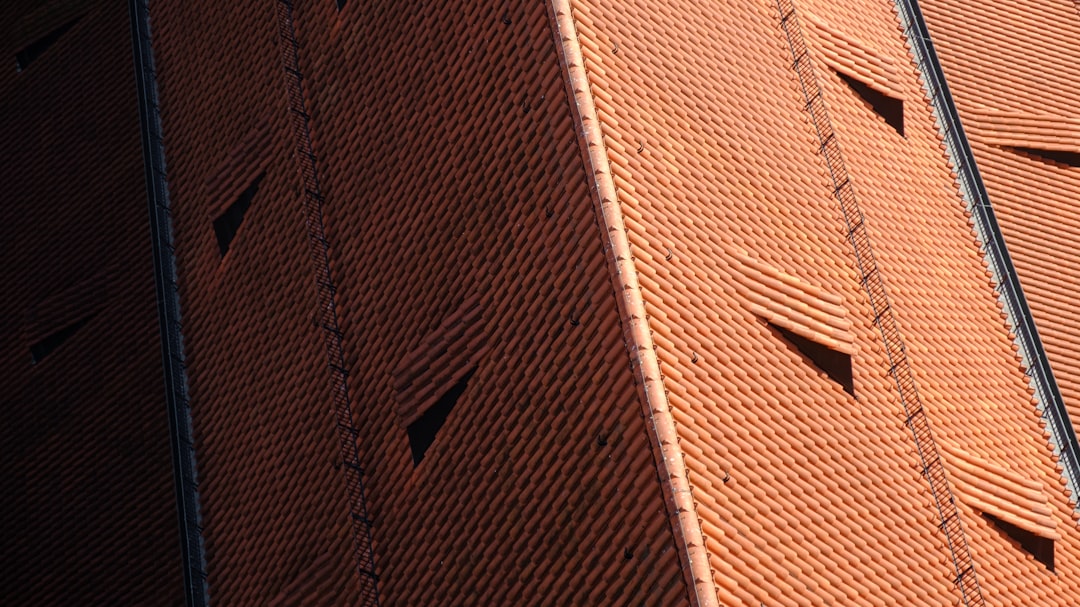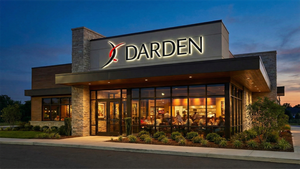 Photo from Unsplash
Photo from Unsplash
Originally Posted On: https://blackanchorroofing.com/common-roofing-problems-and-how-to-fix-them/
Your roof is one of the most critical components of your home’s structure, shielding you and your belongings from the elements day in and day out. Like any part of your home, your roof is susceptible to wear and tear over time.
From leaking roofs to damaged shingles, roofing problems can arise unexpectedly and cause significant headaches. In this blog, %COMPANY%’s seasoned roofers help you explore some of the most common rooftop issues and provide practical solutions for fixing them.
Whether you’re dealing with a minor repair or a more significant roofing issue, arming yourself with knowledge and understanding the steps to address these problems will help you maintain a sturdy and reliable roof for years to come.
Identifying the Source of Roof Leaks
Roof leaks are perhaps the most common issue homeowners face. They usually happen because of damaged or missing shingles, deteriorated flashing around chimneys or vents, or worn-out sealants around roof penetrations.
Fixing a leaky roof involves locating the source of the problem and then taking action to complete repairs before the damage worsens.
Here are some steps you can take to find the source of a roof leak:
- Examine interior ceilings and walls: Look for signs of water damage, discoloration, or peeling paint.
- Inspect your attic: Check for signs of water intrusion on the underside of your roof deck.
- Check roof penetrations: Inspect areas around vents, chimneys, skylights, and plumbing vents.
- Examine roof valleys: Look at the area where two roof planes intersect. Look for damaged or missing shingles and signs of sealant or flashing deterioration.
- Inspect roofing materials: Check for cracks, punctures, and damaged or missing roofing materials.
Depending on the cause of the leak and the extent of roof damage you uncover, you may need various materials to complete the repair. These materials could include roofing cement, nails, replacement shingles, flashing, sealant, and caulking.
Shingle Damage and Deterioration
Identifying and repairing shingle damage is essential for maintaining the integrity of your roof and preventing leaks.
Start by visually inspecting your roof for signs of shingle damage, including cracked, curled, or missing shingles. You should also check for areas where shingle granules have worn away.
Use binoculars if needed to examine your roof from the ground safely.
Once you’ve identified damaged shingles, gather the necessary materials for repair. Carefully remove the damaged shingles by lifting the edges and prying out the roofing nails using a pry bar. Take care not to damage the surrounding shingles during this process.
Once you’ve removed the damaged shingles, slide the new shingles into place and secure them with roofing nails. Apply roofing cement to the edges and underside of the shingles to create a watertight seal. Be sure to press down firmly on the shingles to ensure they adhere properly to your roof’s surface.
Poor Roofing Ventilation Systems
Proper roof ventilation helps regulate temperature and moisture levels in your attic, preventing a buildup of heat and humidity that can lead to a host of problems.
Without adequate ventilation, hot air can become trapped in your attic, causing excessive heat buildup that can damage roofing materials, increase energy costs, and accelerate the deterioration of your insulation.
Trapped moisture can lead to condensation, mold growth, and wood rot, compromising the structural integrity of your roof and posing health risks to you and your loved ones.
Look for the following signs to identify roof ventilation problems:
- Excessive heat in your attic
- Condensation on your windows
- Mold growth
- Musty odors in your home
- Higher energy bills
- Premature aging of roofing materials
When you suspect ventilation issues, start by inspecting the vents and openings in your roof for any blockages, damage, or obstructions.
Clear away any debris, including leaves or nests, and ensure vents are properly installed and free from damage. Consider installing additional vents or exhaust fans to improve airflow if necessary.
Roof Sagging and Structural Issues
One common structural issue to watch for is roof sagging, which can indicate underlying problems with your roof’s support structure.
To identify roof sagging, step back and look at your roofline from a distance, paying attention to any noticeable dips or unevenness. You can also check for signs of sagging from inside your attic. Look for bowed or cracked rafters, sagging decking, or visible light coming through gaps in your roof.
Other signs of structural damage may include cracked or split wood, water stains or leaks on ceilings and walls, and doors or windows that no longer close correctly. Depending on the severity of the structural damage, repairs may involve reinforcing or replacing damaged rafters or trusses, installing additional support beams, or replacing the roof structure.
Moss, Algae, and Organic Growth on Rooftops
Spotting signs of moss, algae, and other organic growth on your rooftop is important for maintaining its health and longevity. These organisms thrive in damp, shaded areas and can compromise the integrity of your roofing materials over time if left unchecked.
To spot signs of moss, algae, or other organic growth, look for patches of green or black discoloration on your roof, particularly in areas where moisture accumulates, including under overhanging trees or shaded areas.
You may also notice a fuzzy or slimy texture on your roof’s surface. You can take several steps to address this problem and prevent further damage. Start by cleaning your roof thoroughly to remove existing moss, algae, and debris. You can do this using a mixture of water and mild detergent or a specialized roof-cleaning solution. Use caution when cleaning your roof to avoid damaging your roofing materials or causing injury to yourself.
Another step you can take to prevent the growth of biomatter on your roof is to trim back overhanging branches and vegetation. This allows more sunlight to reach your roof and discourages future organic proliferation.
If moss or algae growth persists, consider applying a roof treatment or coating specifically designed to inhibit the development of these organisms. These treatments typically contain zinc or copper particles, which are toxic to moss, algae, and other organic growth, helping to keep your roof clean and free of damage.
Taking Care of Roof Repairs and Maintenance Helps You Preserve the Health and Safety of Your Investment
You want your roof to safeguard your property from whatever Mother Nature brings its way. The best way to get the most value from your rooftop over the longest period is to inspect it regularly and respond to problems as quickly as possible. Doing this will help you anticipate and minimize potential issues that affect roofing systems of all varieties.
Do you need a hand getting to the bottom of a roofing concern? The roofing specialists at %COMPANY% are always here to help. Reach us at %PHONE1% today to discuss the details.




